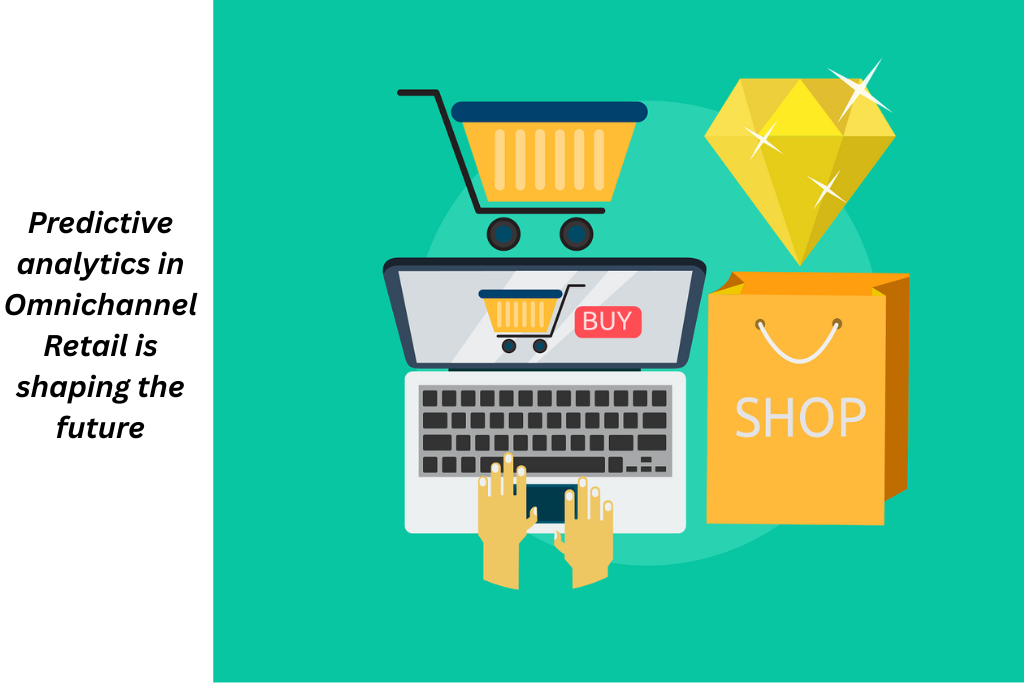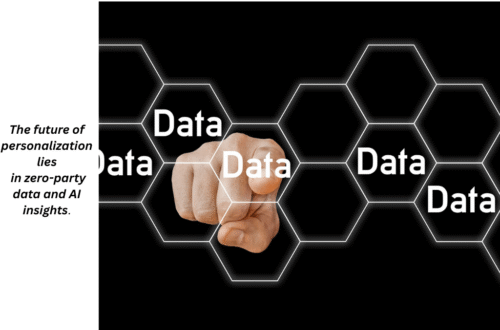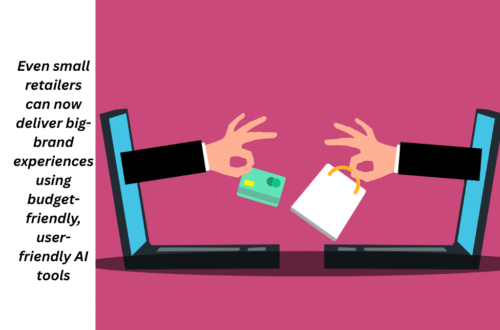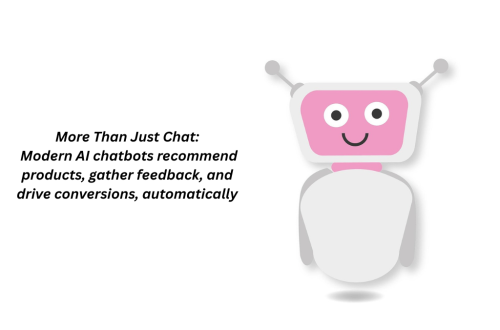
Predictive Analytics in Omnichannel Retail: What Shoppers Will Do Next (How SMEs Should Prepare)
The retail environment is developing faster than you think. That’s the reason why SMEs can no longer rely on instinct alone. They have to predict and anticipate what shoppers want. For that, they need data-driven insights. By using predictive analytics in omnichannel retail businesses can forecast future buying patterns. They analyze customer behavior across multiple channels and optimize the customer journey like never before.
Let us explore how predictive analytics is shaping the future. In this article, we will also discuss the key omnichannel retail trends.
What is Predictive Analytics in Omnichannel Retail?
First, let’s have a look at predictive analytics in omnichannel marketing. The term means the use of data, AI, and machine learning to forecast the future of customer behavior across all online and offline marketing and sales channels. It helps businesses to anticipate what customers will do next in all stores and online stores.
In an omnichannel setup, customers can run smoothly across devices and platforms. Predictive Analytics helps brands to be one step ahead. With its help, they can give the correct message at the right time on the right channel. Here’s how predictive analytics works in omnichannel marketing:
- Collects data from multiple channels
- Analyzes patterns in that behavior using AI and historical data
- Predicts outcomes
- Triggers personalized actions
Why Predictive Analytics in Omnichannel Marketing Matters
Traditional marketing works differently for each channel (online, offline, and in-store platforms). But modern customers originally move on all platforms. For example, they can search for a product on Instagram, go to the website, read the review, and then buy that product from a store. Omnichannel helps to add these dots to the prepaid analytics in marketing. By analyzing previous interactions, preferences, and purchase behavior, the future models can identify:
- The channels that drive more conversions
- When a shopper is most likely to buy
- What promotions are likely to work

Omnichannel Retail Trends to See in 2025
Customers hope that the brands will know their priorities. This is why retail sellers are using AI and future analytics to provide an extremely personalized experience to each customer. They are offered individual product recommendations, offers, and materials. With hyper-personalization, a brand can show the right product to the right person at the right time. This helps them increase engagement and conversion. For example, if a customer often purchases baby products online, the website can automatically expose diaper discounts or stroller bundles.
Real-time Inventory Visibility in Channels
Think of a product that is available online, but customers go to the store, and it is out of stock. Retail vendors must track inventory live in stores, warehouses, and online platforms. This allows customers to see the availability of the product in real time on all platforms. Real-time visibility prevents shoppers’ disappointment and enables features like “Buy online, pick up in store” or “ship from nearest store”.
Integrated Loyalty Programs Tied to Customer Behavior
Gone are the days of basic point systems. Modern loyalty programs are linked to customers’ behavior across platforms. This system tracks not just purchases but also social engagement and browsing patterns. It rewards customers in smarter ways. It also encourages them to have ongoing interaction with the brand. These insights also boost personalized marketing.
The Role of Omnichannel Analytics in Customer Behavior Prediction
When predictive analytics is combined with omnichannel marketing, it creates a powerful engine for growth. Omnichannel analytics collects data from websites, apps, social media, and physical stores. This collected data creates a unified view of each customer and allows brands to:
- Spot customer churn
- Identify high-value customer segments
- Send personalized offers at the right time
How AI in Retail Marketing Serves as Your Silent Sales Assistant?
AI in retail marketing is no longer a futuristic concept. From product recommendations to automated chat support, the current benefits of AI are obvious. It is changing how brands connect with customers.
So, connecting your retail marketing with future analytics means you can do
Deliver tailored content to each user segment
- Automate decision-making at scale
- React to trends in real time
As AI in retail marketing continues to evolve, brands that adopt it early will gain maximum outcomes. Integration of AI-powered personalization will boost conversion rates and customer loyalty.
The foundation of all these innovations is retail data analytics. It’s because without clean and actionable data, even the most sophisticated AI models fail. Retail data analytics ensures you’re analyzing the right metrics. Once your analytics systems are in place, predictive tools can model:
- Who’s likely to buy again (and when)
- Which SKUs are at risk of overstock or stockout
- Which campaigns will drive the highest ROI
Conclusion
Understanding the predictive analytics in omnichannel retail is not just a tech upgrade. It is a mindset shift that helps brands to anticipate customer behavior across different channels. SMEs that fail to integrate will face difficulty in embracing the latest omnichannel retail trends.






